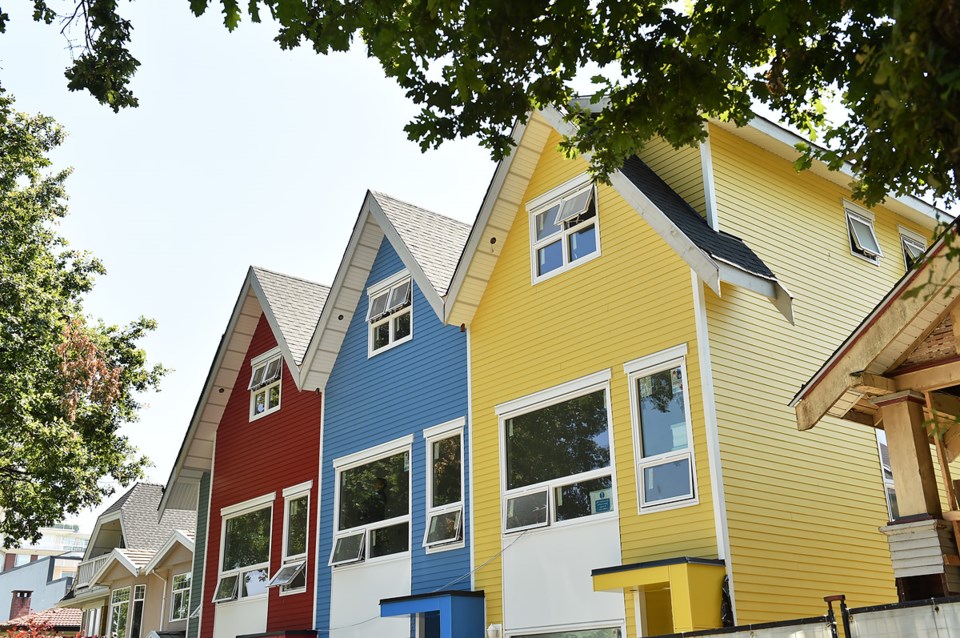B.C.鈥榮 Lower Mainland now has more than 70 homeless camps, and if it is to avoid the tent-city explosion being seen from Los Angeles to Seattle it must take radical steps to address housing affordability.
Due to a wider safety net and greater acceptance of government intervention, B.C. can move quicker than its U.S. neighbours to turn the housing crisis around.
It will require a degree of political courage and public and industry co-operation we have never seen before.
Here are some ideas to reduce the cost of housing and rising homelessness if we go all-in on a solution:
- Senior governments should buy non-fertile acres of the Agricultural Land Reserve (ALR) close to the urban edge by leveraging low-cost government financing. The ALR covers 150,000 acres in Metro 麻豆传媒映画but only 50 per cent is being farmed and nearly 30,000 acres have no agricultural potential, according to a 2016 Vancity study. A potential housing solution is for senior governments to buy 1,000 acres of non-arable ALR land and extend transit to the sites. B.C.鈥檚 largest public-employee pension fund is already among the largest owners of modular home parks in the province. By removing the land value, modular home parks or co-op apartments could be built on the ALR acres, providing low-cost housing for thousands.
- Rental housing should be encouraged to mix with industrial development in Vancouver, starting with the False Creek Flats, by offering industrial developers tax breaks based on the number of new rental apartments stacked above the often one-storey projects.
- Higher-density rental zoning should be mandated in 麻豆传媒映画neighbourhoods near transit stops. For instance, Vancouver鈥檚 Commercial SkyTrain station, built 30 years ago, currently has only one-storey retail and no high-density housing. Renfrew and Rupert stations, and some other transit stations in Burnaby, also have potential for higher-density housing.
- Delay Vancouver鈥檚 new zero-emission bylaw and B.C.鈥檚 new Energy Step Code until the housing crisis eases. These new codes add thousands of dollars to the cost of all new homes while having zero effect on global greenhouse gas emissions, which they are meant to address.
- Rezone 25 per cent of single-family neighbourhoods in larger urban areas for higher-density housing, with a provision that half the new homes created be market rentals.
- Scrap Vancouver鈥檚 new bylaw that allows stratifying laneway houses on single-family lots. This bylaw increases lot values for house owners without delivering lower-cost homes.
- Scrap Vancouver鈥檚 moratorium on the demolition of older rental buildings, provided they are replaced by market rentals with a hefty percentage of social housing included.
- Finally, elect the gutsy, visionary leadership willing to make housing affordability a priority. It鈥檚 not too late.



